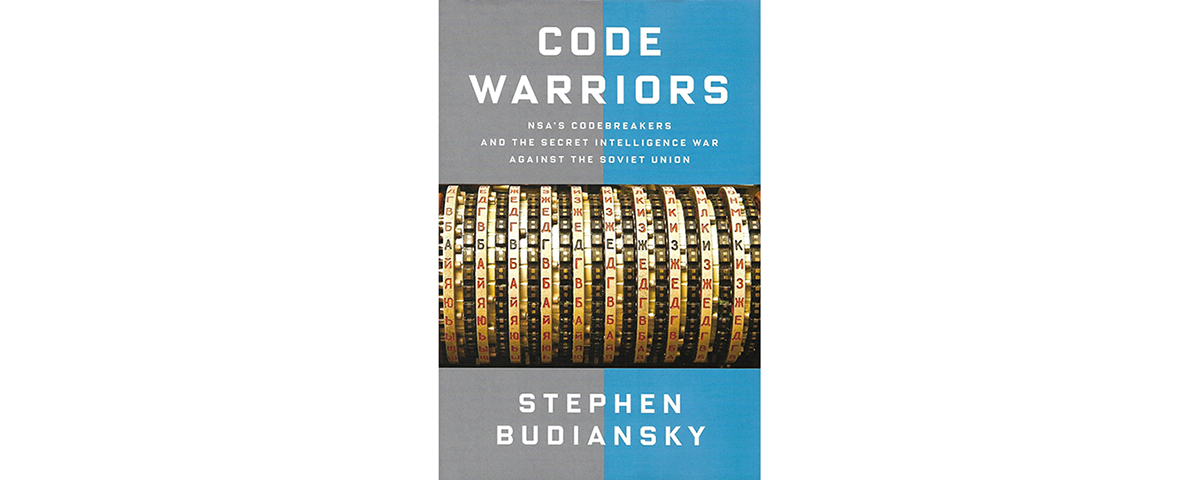Code Warriors: NSA’s Codebreakers and the Secret Intelligence War Against the Soviet Union, by Stephen Budiansky, Alfred A. Knopf, New York, N.Y., 2016, $30
In the shadow of National Security Agency contractor Edward Snowden’s leaks and flight to asylum in Russia, the ongoing conflict in Ukraine and the recent establishment of North Atlantic Treaty Organization advance guards in the Baltic states, Budiansky—former editor of World War II and author of six previous books—recalls the code breakers who worked for the Pentagon and Navy even before the United States’ official entry into the war. From 1943 onward these departments turned their attention to the coded messages from the Soviet Union, an ostensible ally. Prompting that decision was suspicion the Soviets were engaged in secret diplomatic negotiations with Japan. With the coming of the atomic age and subsequent Cold War the code breakers and the mathematical methods they used to decode Soviet messages became crucial, as the Central Intelligence Agency’s ring of secret agents dropped in behind the Eastern Bloc had been compromised. “The only thing you’re proving,” sniffed an aide to General Lucian Truscott, “is the law of gravity.”
One reason for the failure of in-theater covert operations was the net of double agents created by such British turncoats as Harold A.R. “Kim” Philby. One double agent with the code name “Baron” remains unidentified. Nevertheless, among the solid successes attributed to cryptanalysts at Virginia’s Arlington Hall was their identification of the majority of those British moles.
Budiansky seeks to justify the NSA’s activities against Snowden’s revelations the NSA watched everything and everyone, in violation of the Fourth Amendment of the U.S. Constitution. In his five appendices the author explains the mathematical methods the Soviets used to code their messages and the counter methods the NSA used to break them. In reality all those cipher machines depended on applying a combination of analysis and an element of probability theory.
More than 400 years after French mathematician François Viète deciphered coded missives from both the Catholic League and Spain, and 160 years after Edgar Allan Poe broke code using the substitution method (hint: E is the most common letter in the English language), Budiansky provides an insightful update on the more sophisticated methods of code breaking developed in the computer age, closing an important transitional gap in U.S. military and political history.
—Thomas Zacharis





